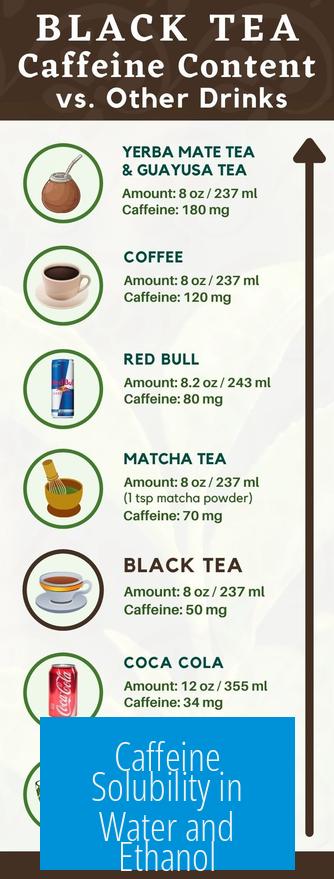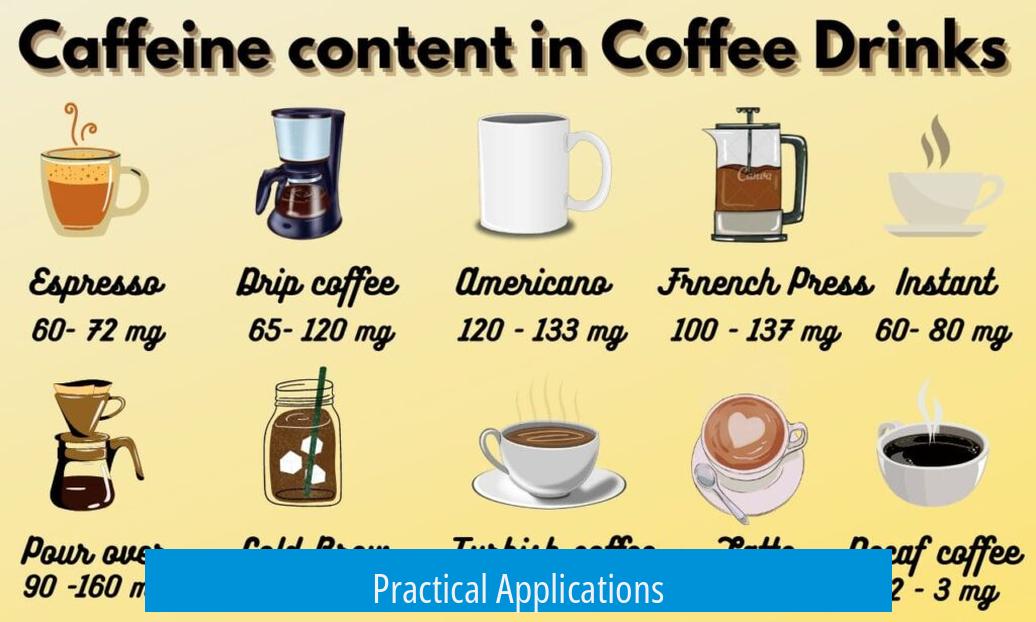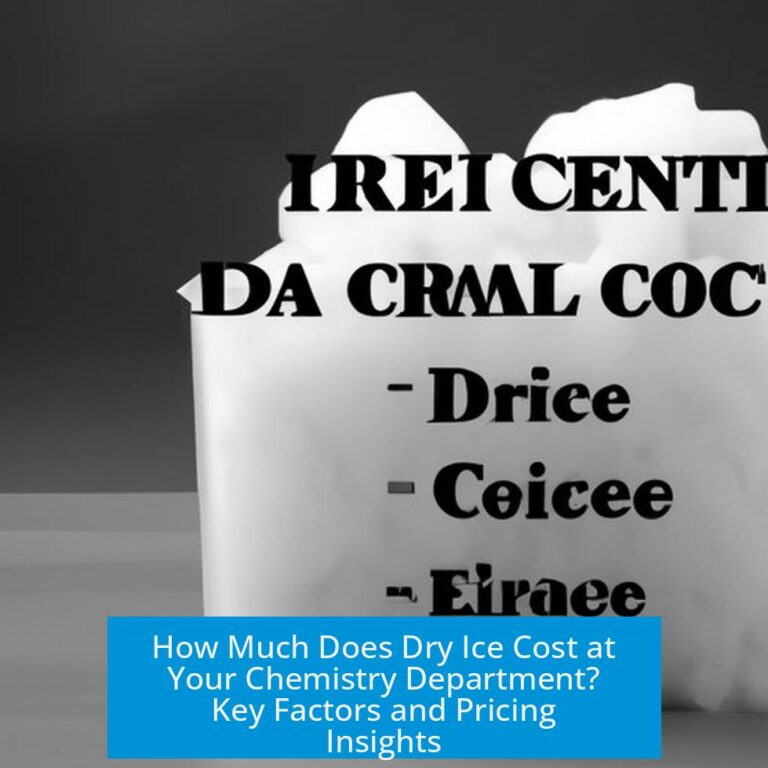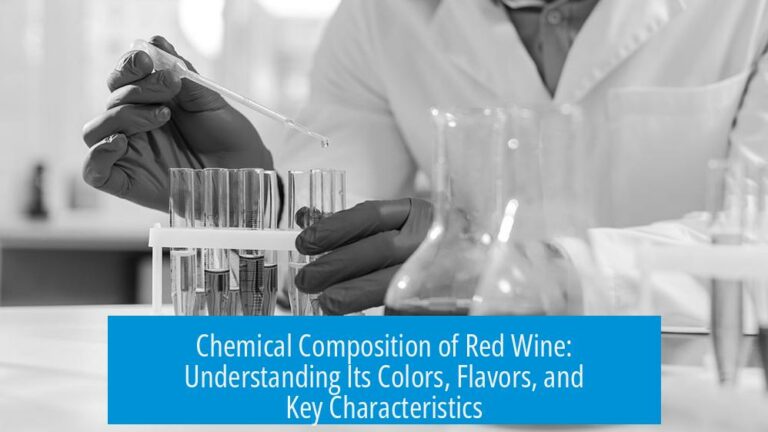Caffeine Solubility in Water and Ethanol

Caffeine dissolves in both water and ethanol, but its solubility varies significantly with the solvent and conditions. Water can dissolve caffeine, but the solubility at room temperature remains low. Meanwhile, ethanol dissolves caffeine much more efficiently at room temperature than water.
Solubility of Caffeine in Water
Caffeine is water soluble, but only partially at room temperature. This limited solubility is a key reason for brewing coffee and tea with hot water. Raising the temperature increases the kinetic energy of molecules, allowing caffeine molecules to dissolve more readily.
For example, caffeine solubility in water at room temperature (around 25°C) is approximately 2 grams per 100 mL. However, at near-boiling temperatures (around 100°C), solubility increases dramatically, allowing coffee and tea to extract caffeine effectively.
Solubility of Caffeine in Ethanol
Ethanol is a superior solvent for caffeine at ambient conditions. It dissolves far more caffeine at room temperature than water does. This is due to ethanol’s chemical structure, which interacts favorably with caffeine’s polar and non-polar regions.
Typical caffeine solubility in ethanol at 25°C can exceed 14 grams per 100 mL, greatly outpacing water. This property makes ethanol a preferred solvent when higher caffeine concentrations are needed without heating.
Effect of Ethanol Purity and Water Content
Purity of ethanol affects caffeine solubility and safety of solutions, especially for oral or topical applications. Ethanol must be free of toxic denaturants such as methanol, isopropanol, pyridine, or mineral oil.
- Up to 20% water content in ethanol does not significantly reduce caffeine solubility.
- Reasonably pure ethanol retains efficacy as a solvent for caffeine.
Practical Applications

Oral Use
When ethanol-caffeine solutions are intended for ingestion, concentrate caffeine to minimize ethanol intake volume. Accurate knowledge of caffeine concentration is critical to control dosage.
Topical Use
For skin application, precise caffeine concentration is less important. Ethanol purity is not as critical, and minor contamination with methanol or isopropanol is less concerning since these evaporate quickly from the skin.
Key Takeaways
- Caffeine dissolves more readily in ethanol than in water at room temperature.
- Water solubility of caffeine increases significantly with temperature.
- Pure ethanol or ethanol with up to 20% water effectively dissolves caffeine.
- Oral caffeine-ethanol solutions require careful concentration control.
- Topical solutions tolerate some impurities, with less concentration sensitivity.





Leave a Comment